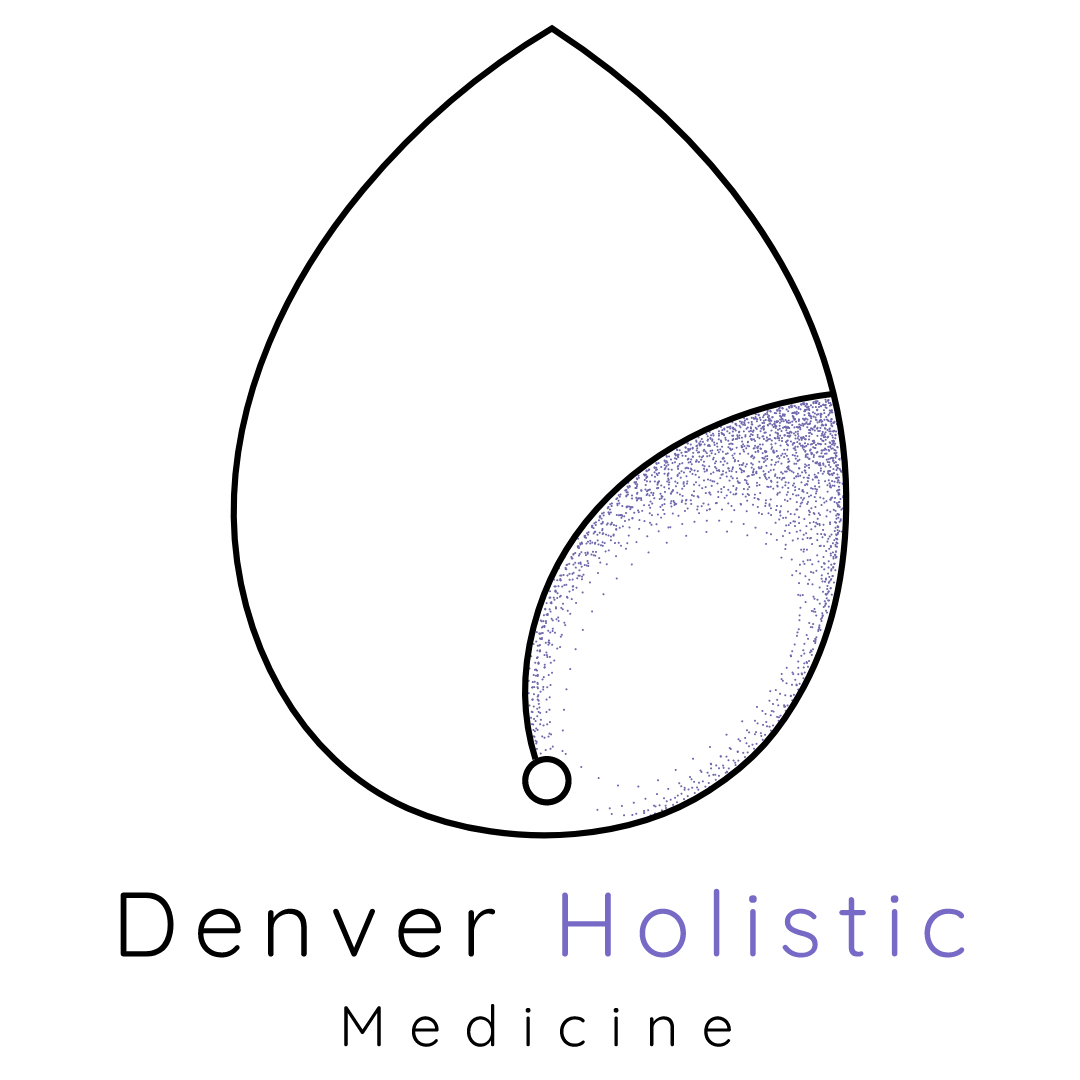Phytoestrogens: Friend or Foe?
As a holistic medicine practitioner, Dr. Simone Sturm fields questions about all the latest health trends on the market. But few have proven to be as as controversial as the topic of phytoestrogens.
First, let’s take a step back and start with estrogen. Estrogen is a major hormone that plays a significant role in a woman’s menstrual cycle (not to mention several other bodily processes). Together with progesterone, estrogen regulates the release of eggs from a woman’s ovaries to prepare for fertilization. It’s essential in keeping a woman healthy as well as allowing her to become pregnant.
Phytoestrogens are found in plants. They have a chemical makeup similar to that of estrogen and mimic estrogen in the body. In nature, plants use phytoestrogens as a defense mechanism: When herbivores, like deer for example, eat these plants, their bodies can’t tell the difference between phytoestrogens and their natural estrogen. It seems like their body has more than enough estrogen, so it produces less, and lower estrogen leads to lower chances of pregnancy. This is the plants’ sneaky way of keeping the population of their predators down.
Though humans are affected by phytoestrogens, exactly how is controversial—and often very confusing.
It’s theorized that phytoestrogens reduce chances of pregnancy in humans as well, but the plant-derived hormone is considerably weaker than the estrogen our bodies produces. This means that the effects of phytoestrogens are not as pronounced as they are in small woodland creatures. Still, Dr. Sturm typically recommends that women who are trying to get pregnant do not seek out additional sources of phytoestrogens. (Normal, moderate amounts consumed in a typical diet shouldn’t hinder a woman’s chance of getting pregnant.)
On the other hand, for women who are estrogen-deficient, phytoestrogens are a great natural supplement to ease the symptoms of low rates of estrogen. The majority of estrogen-deficient women are menopausal or perimenopausal (meaning they’re in the transition stage into menopause—read more about this in our previous post). As women transition into menopause, their bodies produce irregular amounts of estrogen (as well as progesterone), causing uncomfortable symptoms like hot flashes, night sweats, and vaginal dryness. For them, consumption of phytoestrogens can actually decrease their unpleasant symptoms: their bodies “read” phytoestrogens as naturally-produced estrogen. When Dr. Sturm sees patients with these symptoms, she may recommend they add between 3-5 servings of phytoestrogen-rich foods to their diet per week.
The food best-known to be rich in phytoestrogen is soy. In its natural form as edamame, tofu, or tempeh (fermented soy beans), soy is a healthy, reliable source of phytoestrogens. However, because soy is grown in enormous amounts in the US, it has been genetically modified and heavily processed to allow for greater versatility, including soy alternatives to dairy products and animal proteins. Soy also often pops up in surprising foods like granola bars, cereal, and bread, often in the form of soy lecithin: a waste product from manufacturing soy oil that is used to extend shelf life and as an emulsifier.
When any food is processed extensively, it is past the point of being naturally healthy—with or without the presence of phytoestrogens.
Fortunately, for those who need to supplement their estrogen with phytoestrogens, there are many other foods common in the Western diet they can turn to: flax and sesame seeds, oats, barley, beans, coffee, ginseng, and beer to name a few (see a full list here).
The bottom line:
Dr. Sturm and her staff always test for estrogen levels first before making any recommendations on dietary changes, including phytoestrogen consumption.
If a patient has normal levels of estrogen, she doesn’t necessarily need to seek out additional sources of phytoestrogens in her diet.
If these tests reveal that a patient is estrogen-deficient and/or menopausal (or perimenopausal), she could benefit from supplementing her natural estrogen with phytoestrogens. In this case, Dr. Sturm recommends eating whole, natural foods rather than processed foods, and sourcing phytoestrogens from more than just soy.
Have more questions? Call Denver Holistic Medicine to learn more and reach your fullest health potential.
Sources:
http://thechart.blogs.cnn.com/2011/06/03/how-much-is-too-much-phytoestrogen/
https://en.wikipedia.org/wiki/Phytoestrogens
https://draxe.com/phytoestrogens/
https://onlinelibrary.wiley.com/doi/pdf/10.1111/j.1447-0578.2005.00110.x
https://www.ncbi.nlm.nih.gov/pmc/articles/PMC1474615/
https://www.thehealthyhomeeconomist.com/soy-lecithin-healthy-or-unhealthy/


